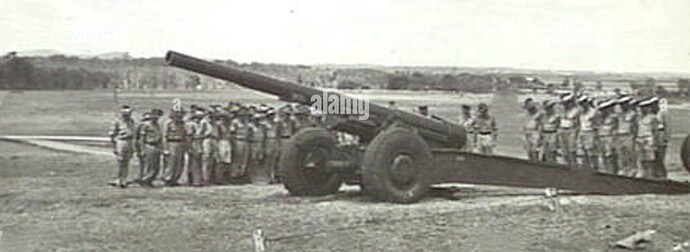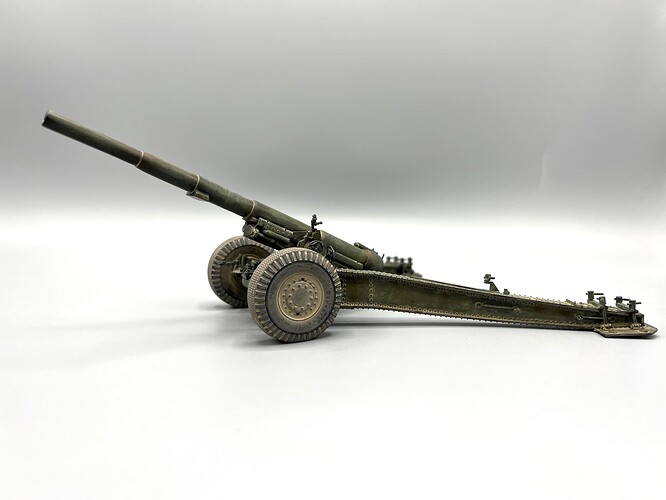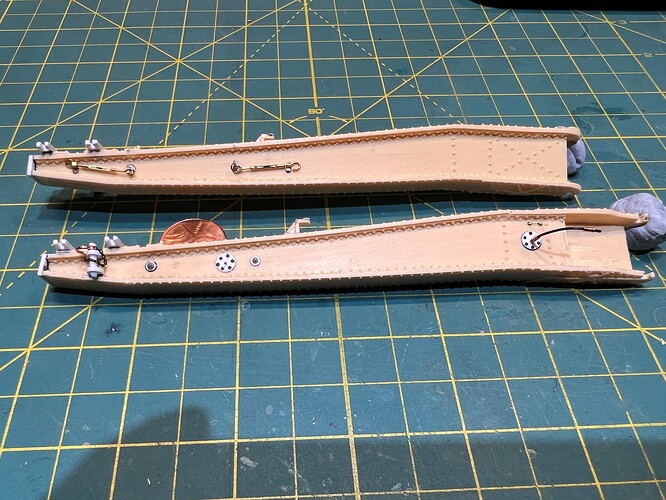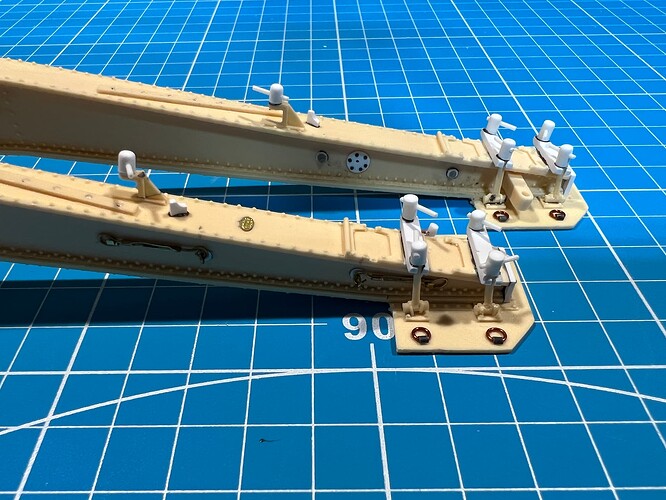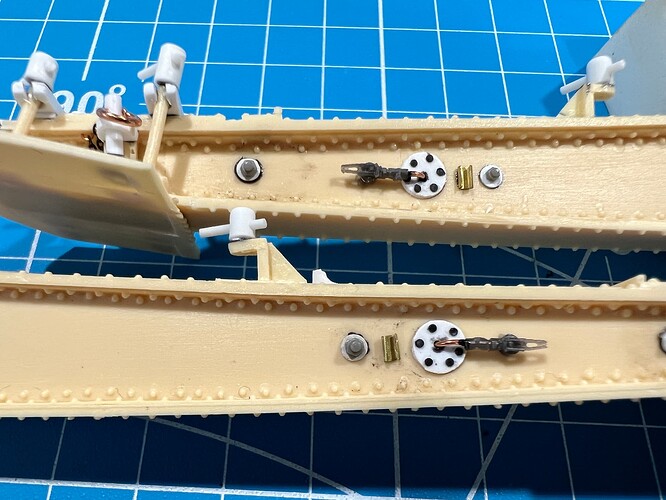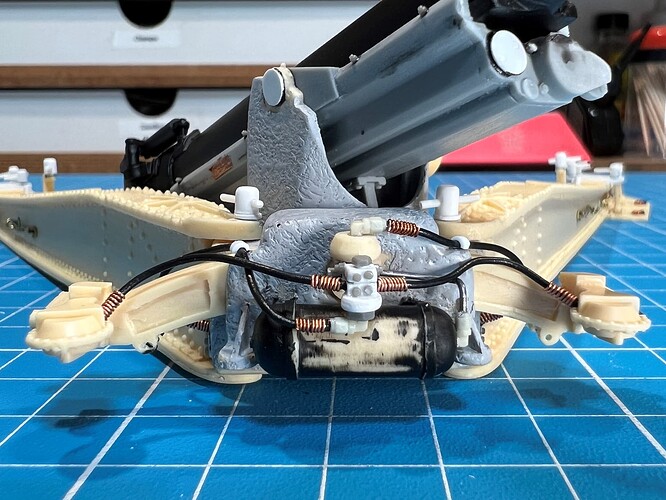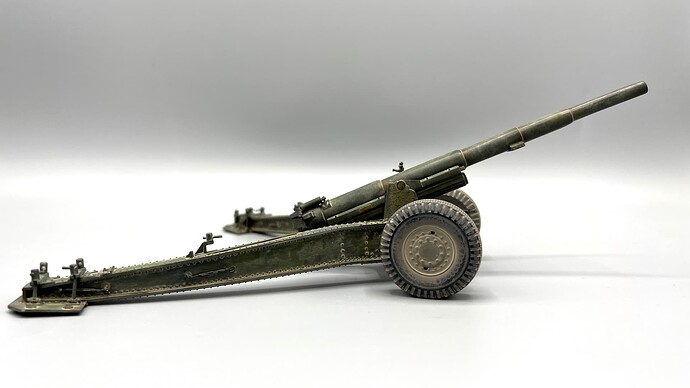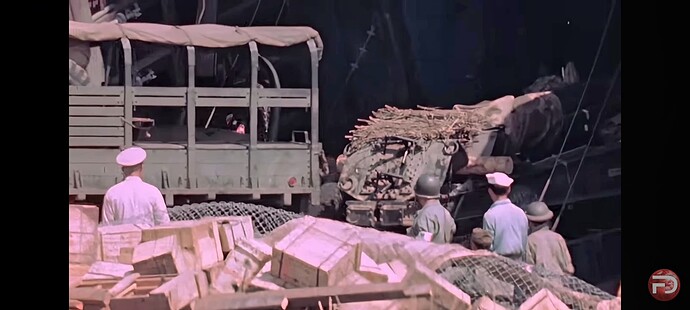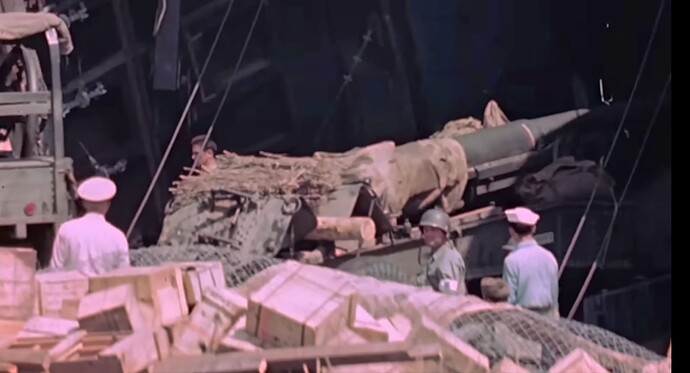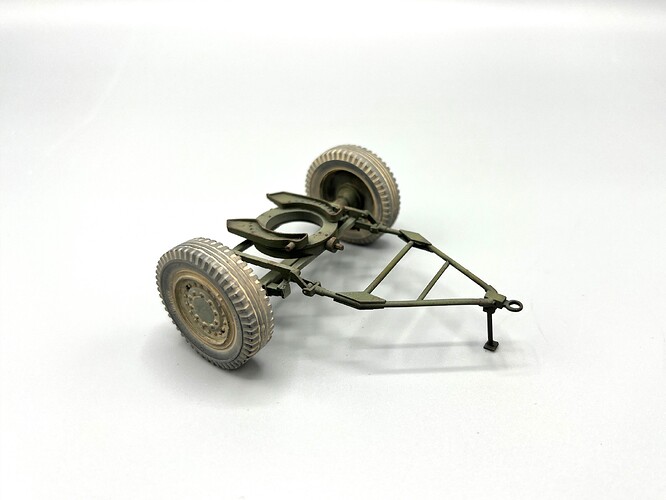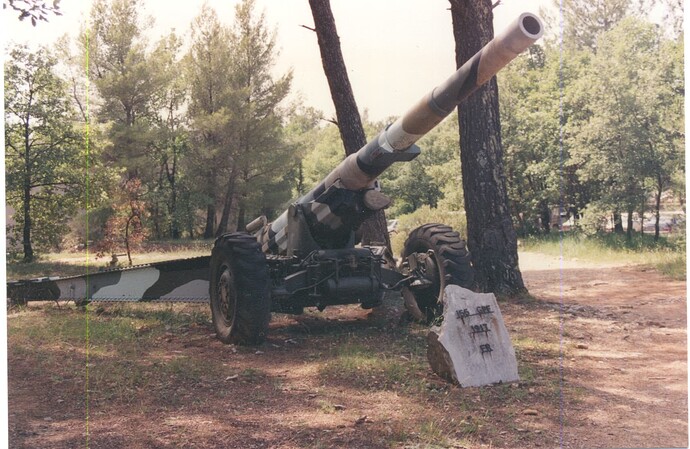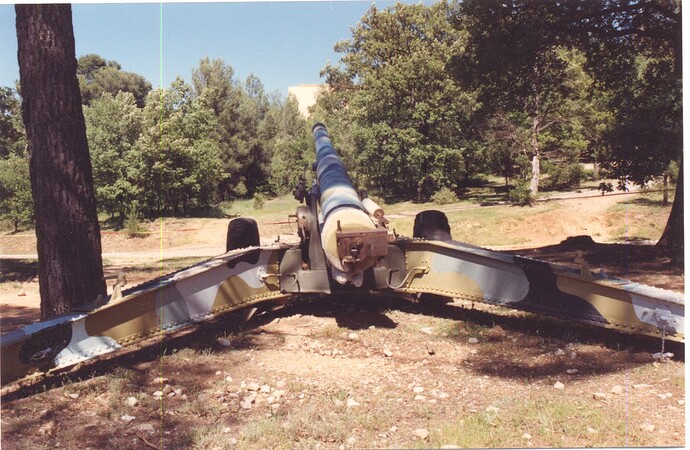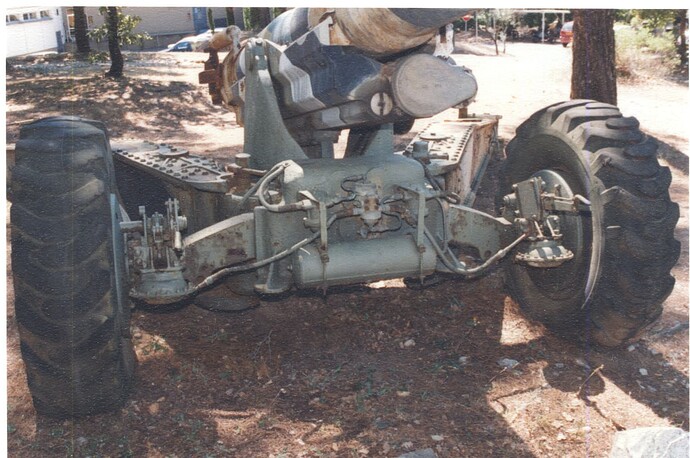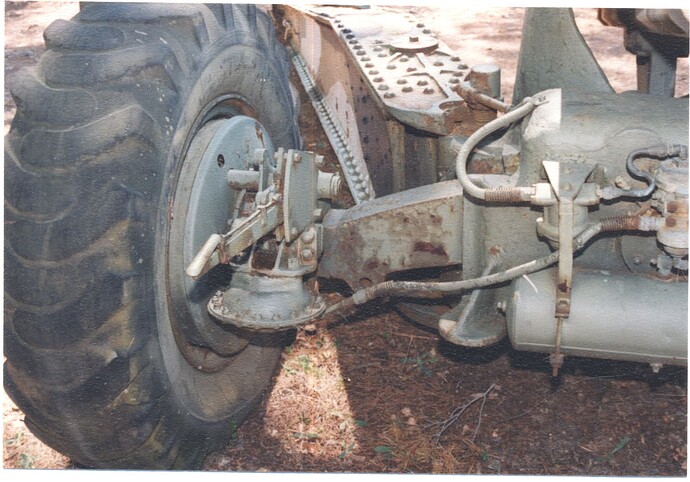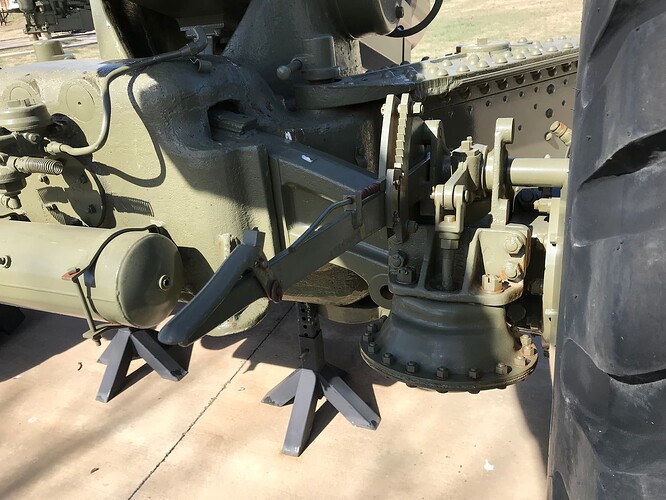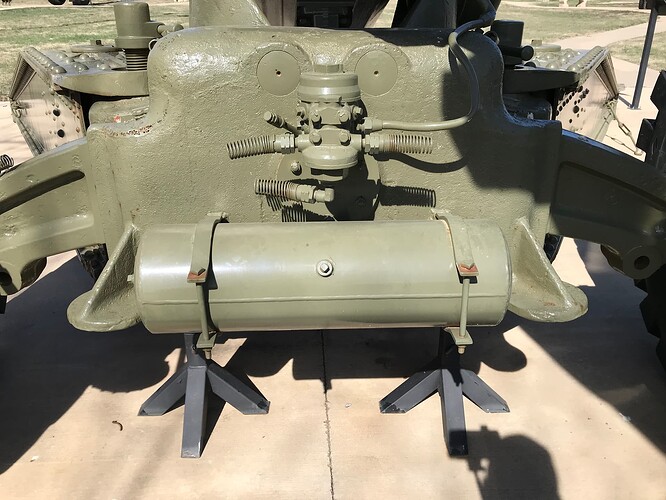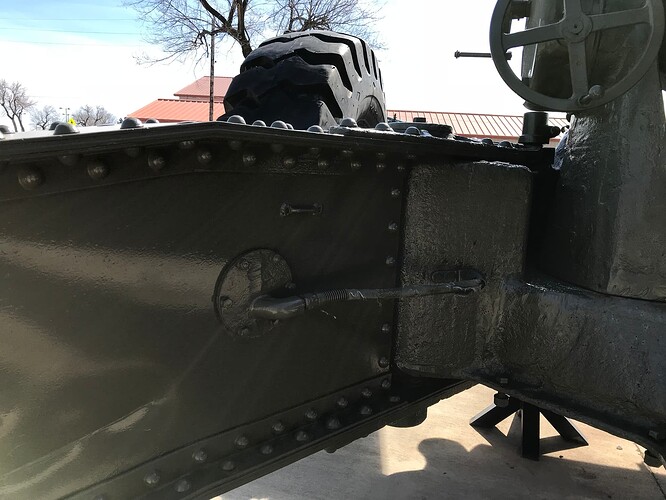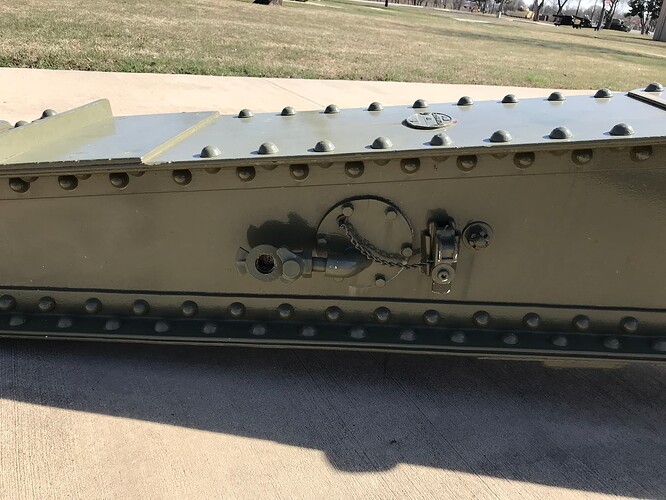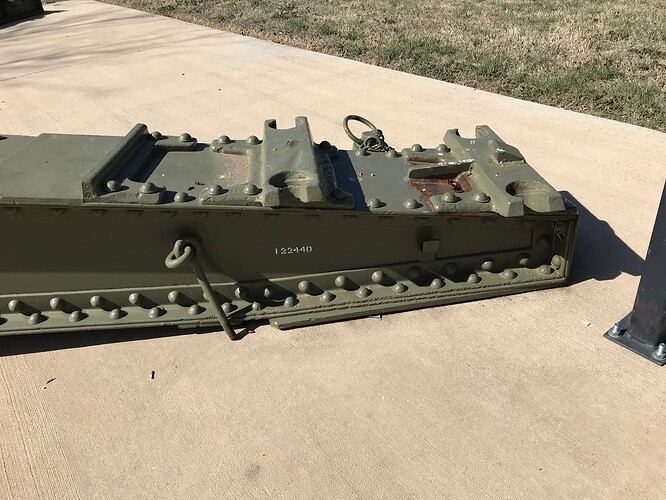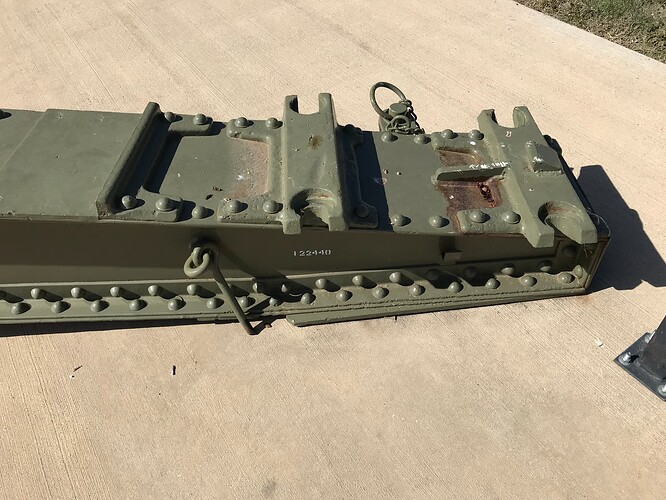As the war clouds started building in Europe and the Pacific, the US Army took stock of its extensive park of old WW1 artillery. In 1936 they started to modernize the 155mm GPF gun to allow it to be towed by trucks at speeds in excess of 20mph. They upgraded the guns with air brakes, big pneumatic tires, and a new limber. 654 guns were funded and scheduled to be upgraded although it is unknown if all were converted. The upgraded guns saw combat in the Philippines, North Africa, Sicily, Italy and the Pacific.
This is another Commander Models full resin kit - the only offering of this subject. Upon examining the parts I discovered many with molding problems - short shots, air bubbles, badly misaligned mold halves, etc. I contacted Commander via email with the list of parts that were unusable and beyond repair. Within a week, a whole new kit arrived in my mailbox. Upon opening it, I discovered that the new kit wasn’t a lot better. However, between the two kits, I was able to get enough usable parts to build the model.
I started by filling the air bubbles and short shots with black tire glue CA. This is my go-to solution for filler on resin kits. None of the traditional putties adhere well to resin. This tire glue CA is a medium CA mixed with powdered rubber. It fills the gaps nicely, sticks well to the resin, and when used with an accelerator, can be filed and sanded immediately. I next textured the castings with a stippling of Mr. Surfacer 500.
The kit is lacking on details and had some inaccuracies that needed to be addressed. I detailed the recoil sleigh - added bolts, data plate, disks, and filled more pin holes. The spade attachments were inaccurate and rather buggered up, so I scratched new ones. The spades were retained with large turnbuckles which I scratched from brass tubing and rod. The large spades used on this type of gun are a problem if you are going to display the model in firing position. They would be dug into the ground with one the tops visible. To replicate this, I scratched the tops of the spades from styrene, brass, copper wire, and tubing. The kit trail lock was a lump; so off it went and fashioned a real one with retaining chain. I scratched the airbrake connections between the trail and lower cradle. The airbrake connection points were a combination of 3D printed gladhands from @Petition2God and scratch building.
The airbrake regulator in the kits was a bit of a blob; so, I scratched a new one to attach to the kit air reservoir. The airbrake lines were fashioned from fine insulated electrical wire with even finer copper wire wrapped around the ends for strain reliefs. The handbrakes and sights also took a fair amount of detailing to look good.
With the build complete, I primed with Mr. Surfacer 1500 black from a rattle can. Resin kits must be primed to avoid having the paint rub or flake off. I preshaded with XF1 white and base coated with Tamiya XF62 Olive Drab. I was going for an old worn; but well-maintained look so I used multiple layers of the hairspray technique to give it that old scuffed up look. After a coat of Trsemme hairspray, I give it a light coat of XF49 Khaki and then peel most of that off with a damped brush. I sealed this with a thin clear gloss coat, applied another coat of hairspray followed by a light and uneven coat of XF57 Buff. After peeling most of the buff off, I misted on an exceptionally light and uneven filter coat of XF71 Cockpit Green. I added a bit more variation to the paint with a dot filter of Winsor and Newton oils.
After gloss coating, I applied a pin wash of AK Africa Dust and cleaned it up /feathered it with a makeup sponge. Then applied some streaking with various AK streaking products. After a matt coat of Model Master Clear Matt Lacquer, I applied a slurry of AK pigments and mineral spirits to the tires. Once dry the excess was brushed off and the tires and, sights and handwheels glued on.
The Commander Models kits are a bit challenging; but they specialize in early US subjects that are not available anywhere else. I am very happy that they offer these neglected subjects. This looks great in my display case and fills another hole on my collection of US WW2 artillery.
